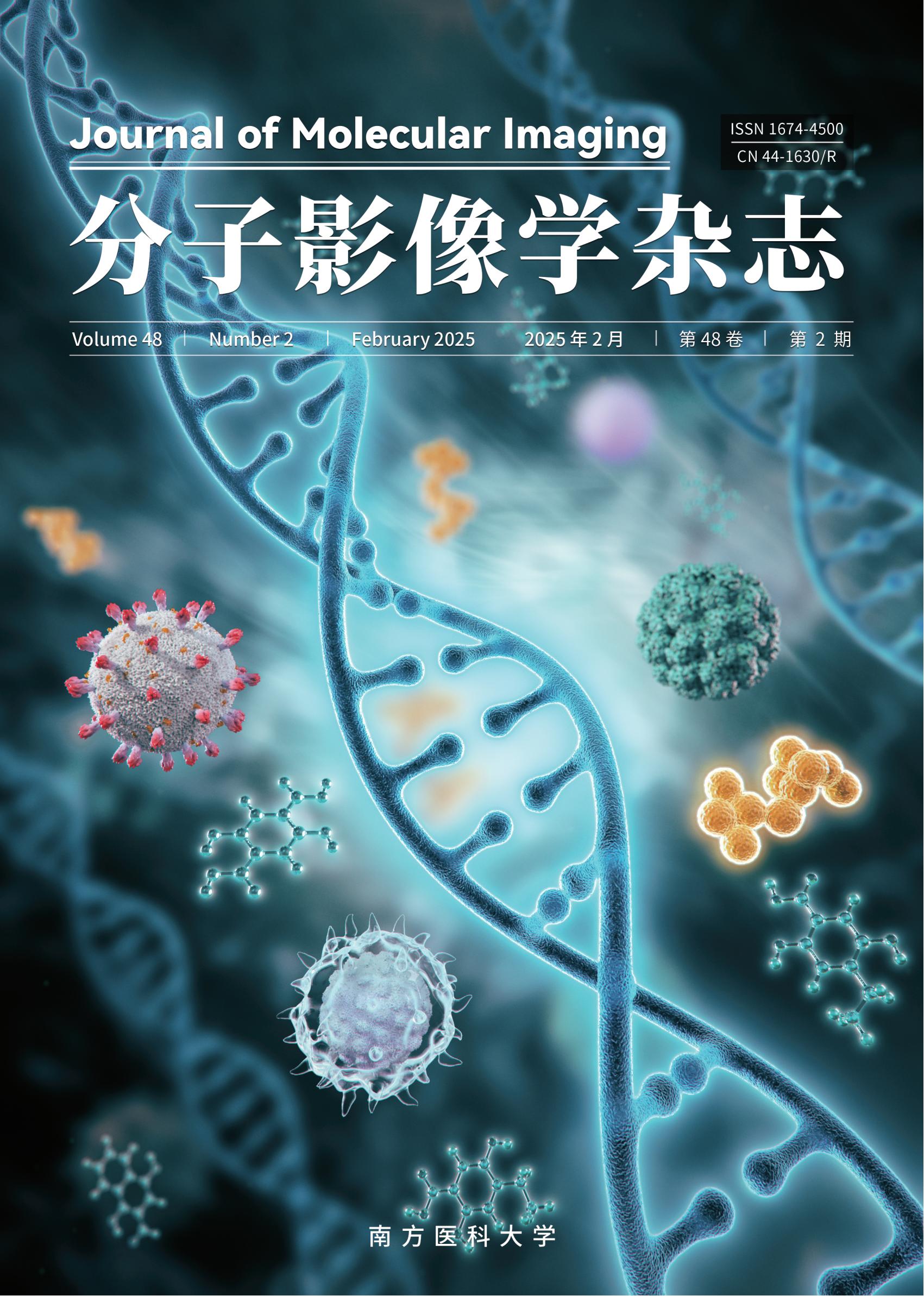ISSN 1674-4500 CN 44-1630/R
《分子影像学杂志》(ISSN 1674-4500,CN 44-1630/R)是南方医科大学学报编辑部管理的国家正式期刊,月刊,中国科技核心期刊(中国科技论文统计源期刊)。
现已被 中国科技核心期刊(中国科技论文统计源期刊)、《中国学术期刊综合评价数据库(CAJCED)》、《中国核心期刊(遴选)数据库》、《中国学术期刊(光盘版)》、《中国科技期刊引证报告》、美国《乌利希期刊指南》(Ulrichsweb)等收录。 本刊主要栏目有: 基础研究、临床研究、技术方法等。本刊不收审稿费,稿件的发表周期在6个月以内。
地址: 广东省广州市广州大道北1838号
邮编: 510515 电话:020-62789575,61648177,61648176


